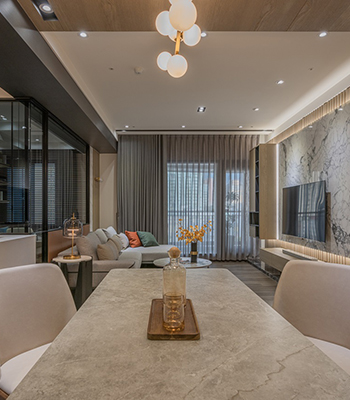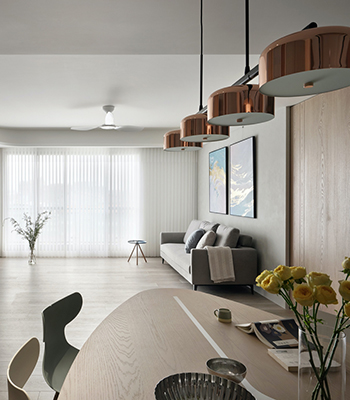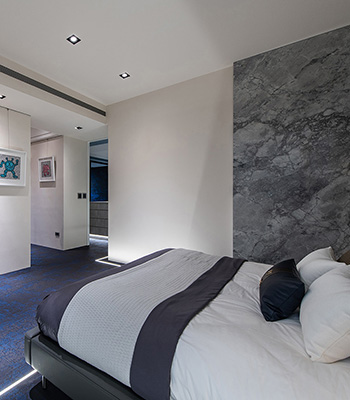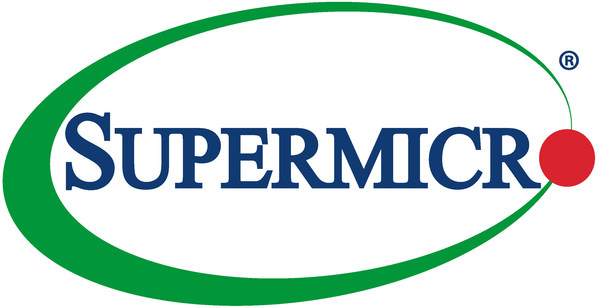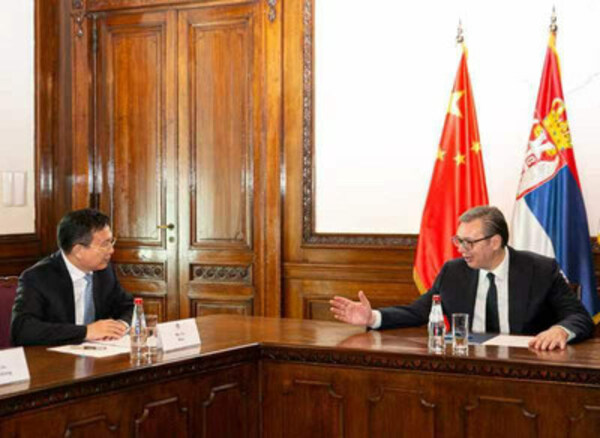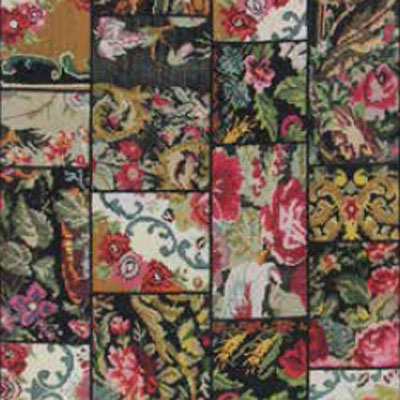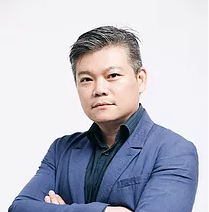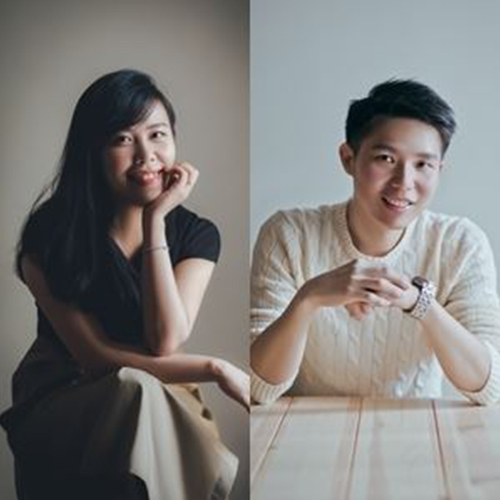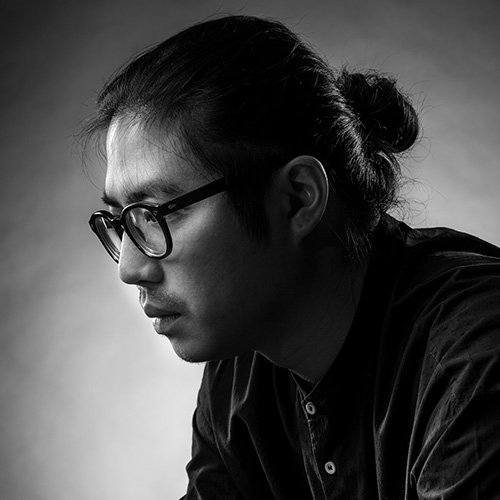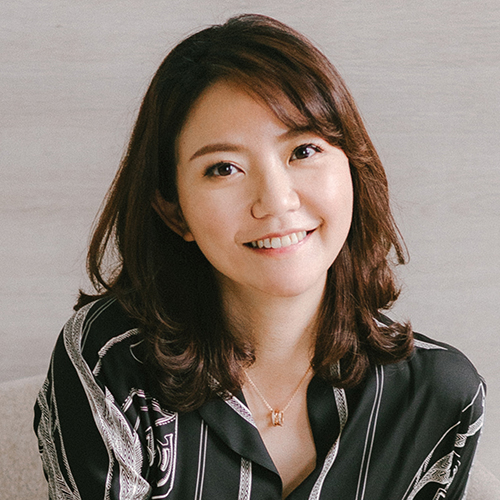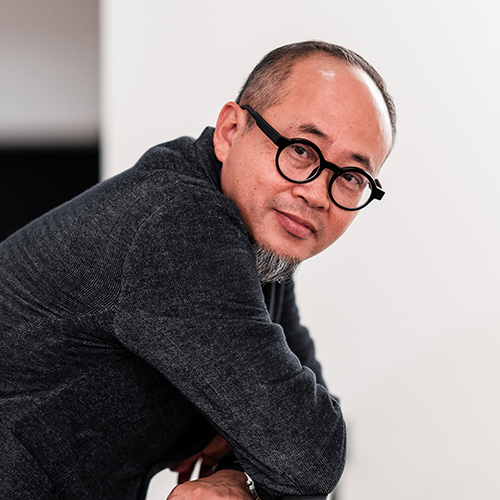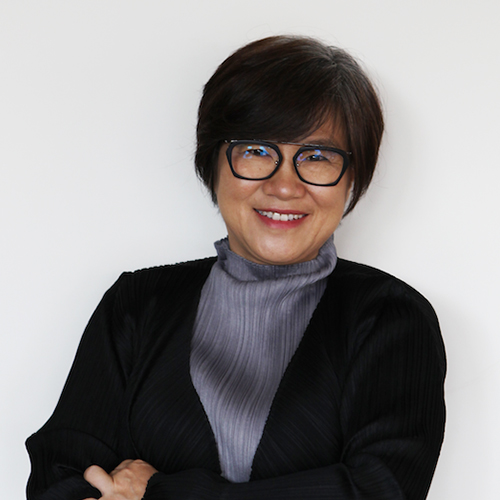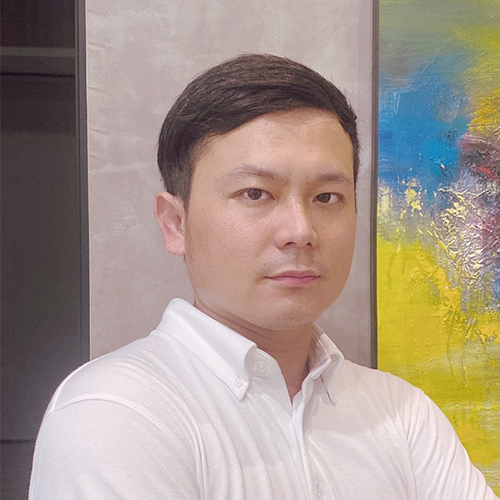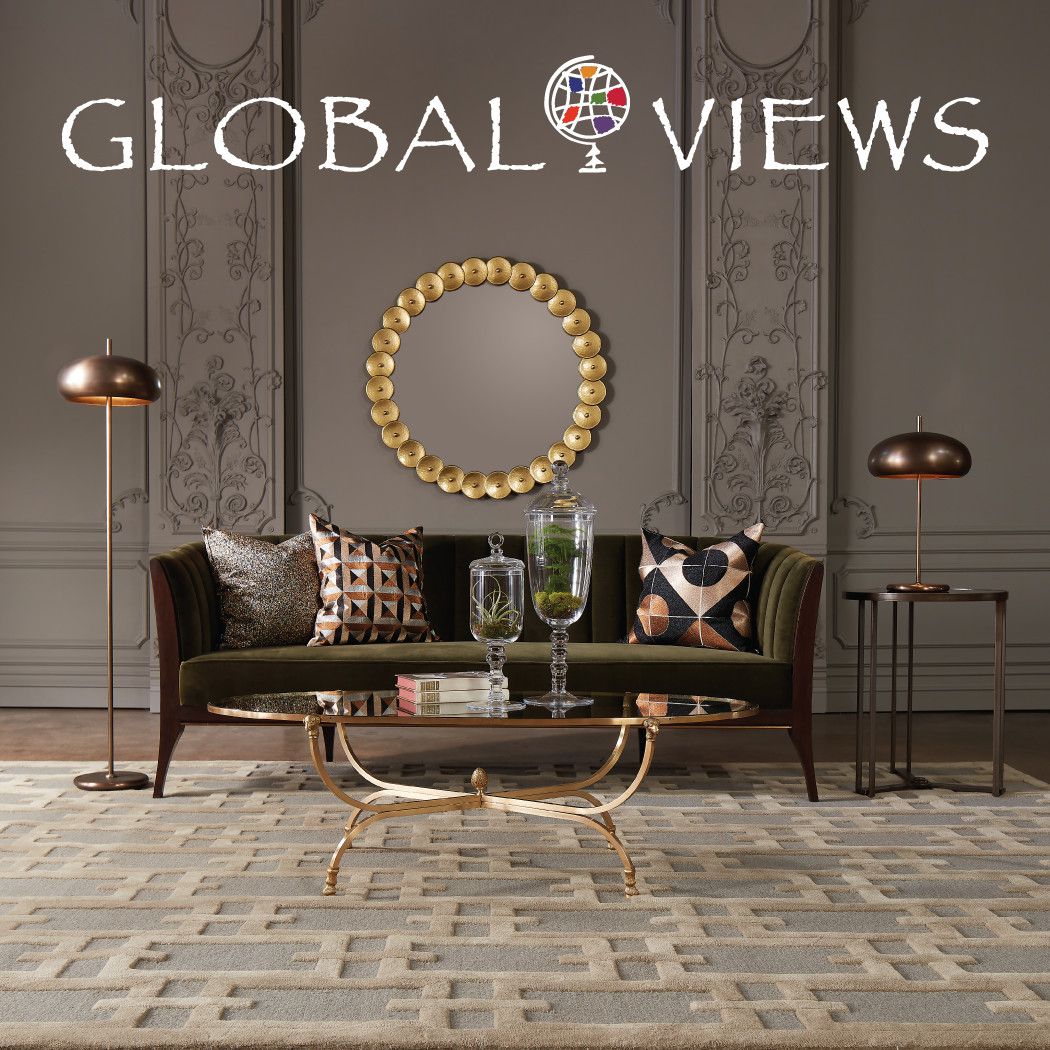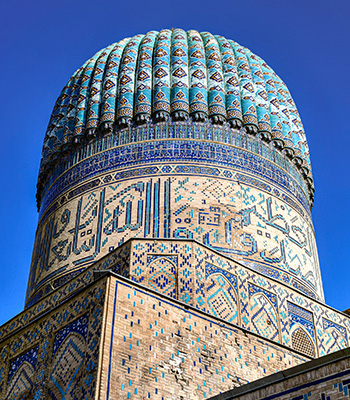
多元的建築來自豐富的土壤——烏茲別克建築小史
多元的建築來自豐富的土壤——烏茲別克建築小史
Uzbekistan’s stunning architecture tells a diverse story.
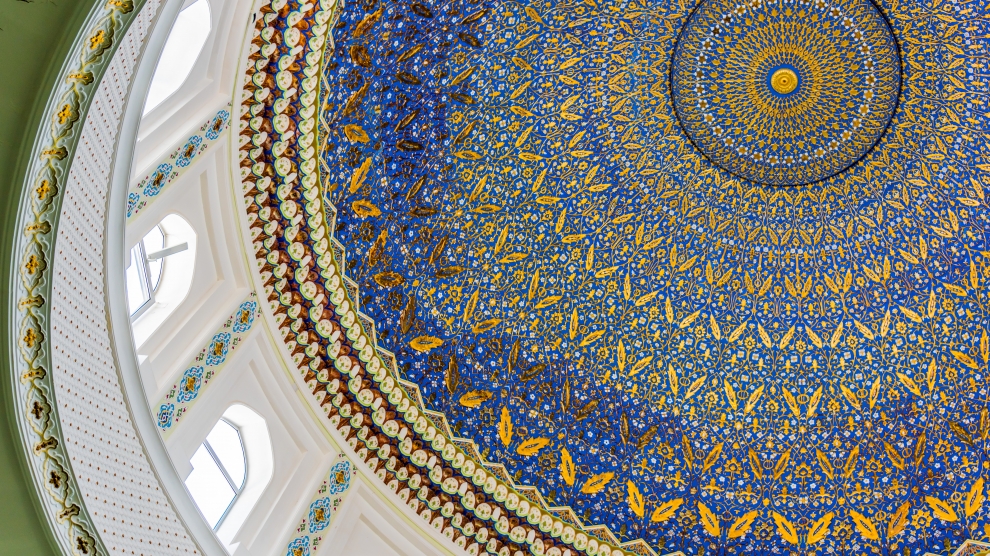
烏茲別克在中亞,正是東西文化交界的橋樑,也因此,這個國家有著豐富多元的文化與歷史遺產,而這一切,都能從其驚人的建築中略窺一二。正是這樣一個文化的熔爐,以及豐富古老的歷史,烏茲別克用建築訴說她的故事:從宏偉的宮殿,到雕梁畫棟的清真寺,最後來到現代高樓大廈,建築的巡禮不僅是關於建築,更是一場時間旅程。
Uzbekistan sits at a crossroads of cultures, a genuine bridge between east and west. This has led to the nation developing a diverse cultural heritage and vibrant history, reflected in its jaw-dropping architecture. This unique cultural melting pot, and a powerful ancient history, allows the story of the country to be told through the stunning structures that line the streets of its towns and cities. From grandiose palaces to intricately-decorated mosques and space-like modern towers, a journey through Uzbek architecture is a journey through time itself.

最早定居於此處的,是在西元前八到六世紀的波斯東部遊牧民族。烏茲別克平原很快地就成為了文明發展的中心,見證了亞歷山大帝國的興衰,以及成吉思汗率領的蒙古西征,更接待過無數來往東西的旅人,像是馬可波羅。
The first known settlers in the region were eastern Persian nomads, between the eighth and sixth centuries BC. The Uzbek plains soon became a center of civilisation, witnessing the campaigns of Alexander the Great and Genghis Khan, and prominent travelers such as Marco Polo.
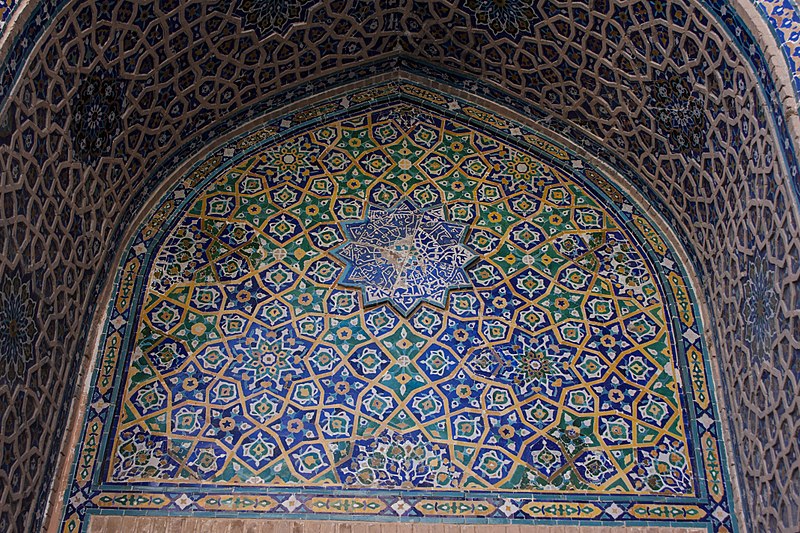
這個區域很快就成為了文化的大熔爐:通往東方的道路——絲路——並不只是帶來了異域的物品,同時也帶來了新的想法:學者、神學家、數學家和藝術家共同醞釀出一種文化混合體,並孕育出一些世界上最獨特、驚人的建築。
The region quickly established itself as a cultural melange, the Silk Road bringing not just an exchange of goods, but ideas. Scholars, theologians, mathematicians and artisans fermented a cultural hybrid. This provided fertile ground for the creation of some of the world’s most unique and breathtaking architecture.
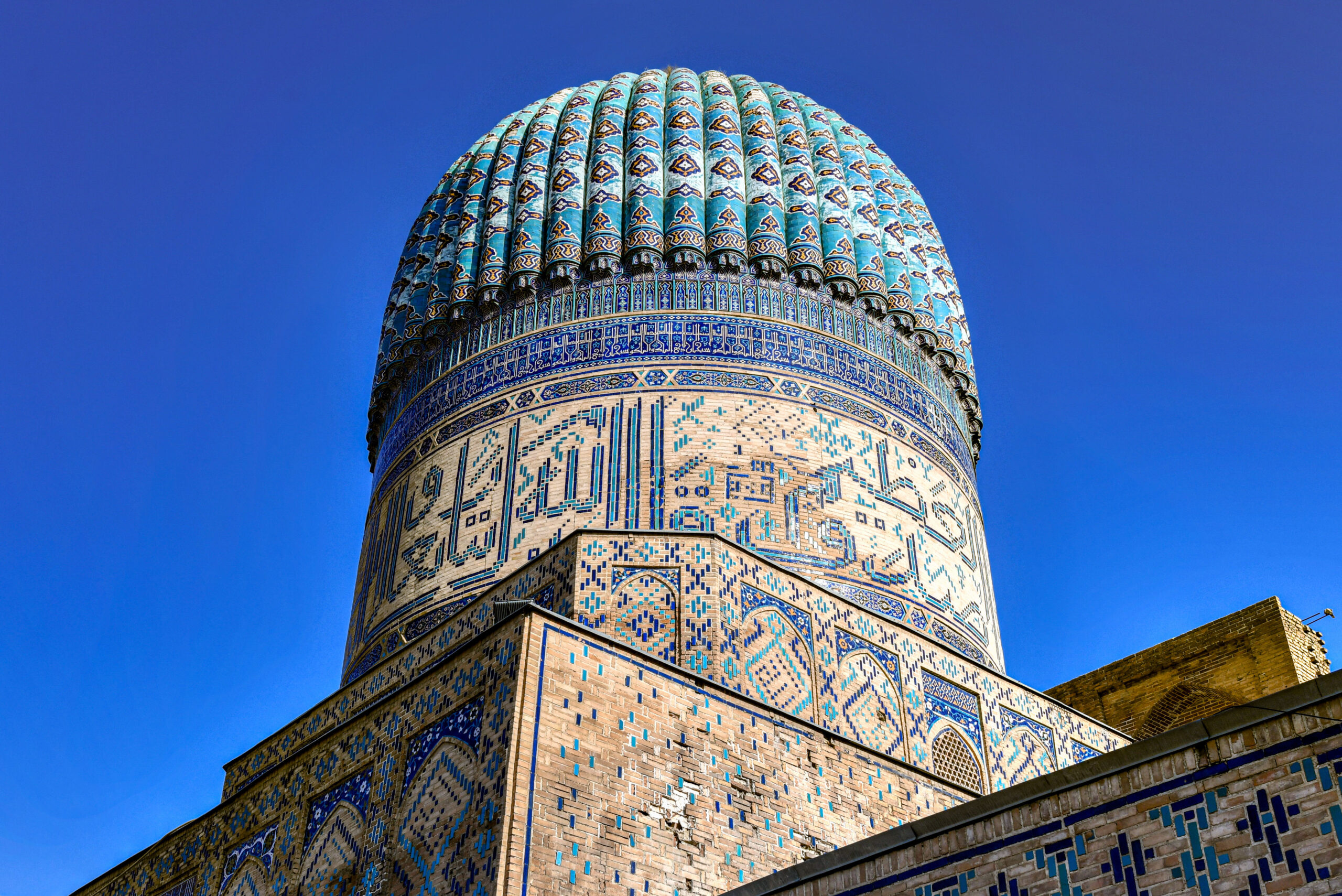
烏茲別克的舊都,撒馬爾罕,揭示了這段多彩的歷史,完整的保存了幾座古老的伊斯蘭式建築。城市中最有名的地標之一,比比哈奴清真寺,是一座龐大古老的清真寺,最早在1399年由帖木兒,突厥-蒙古征服者,下令建造。雖然是中世紀清真寺常見的樣式及造型,他的尺寸卻非常得驚人,包含了一個40公尺高的圓頂。此外,建築的細節也不容忽視:鮮豔的幾何圖形,配上烏茲別克特有的天藍色磁磚,為建築增添了一抹靈性的光輝。這樣的磁磚也是烏茲別克此時期大部分建築的象徵,像是帖木兒家族陵寢,天藍色的圓頂和晴朗的天空融為一體,非常夢幻。兀魯伯神學院、提拉卡利神學院也是相似的風格,藍彩的磁磚搭配金碧輝煌的裝飾,神聖又輝煌。
Ancient cities such as Samarkand reveal this colourful history, boasting some of the worlds best-preserved Islamic architecture. One of the city’s landmarks is the Bibi-Khanym mosque, a monumental 15th century feat, that was restored in the 20th century to its former glory. The construction began in 1399 on the orders of Amir Timur, the Turco-Mongol conqueror, and while it still upholds the traits of most medieval mosques, its sheer size is something to behold, with an immense dome towering 40 metres. And yet while it is the colossal size of the mosque that first catches the attention, it is the intricate detail that will keep it. The vibrant geometric patterns, adorned with an azure tile particular to Uzbekistan give the building an ethereal glow, emblematic of much of Uzbek architecture of the period.Other gems of the epoch include Gur Emir Mausoleum, which again features the captivating azure tiles which dreamily meld with the sky behind. Ulugbek Madrasah and Sherdor Madrasa are other breathtaking examples of Uzbek style, deep blue, gold and sienna tiles adorning towering domes, to create overwhelmingly beautiful symmetry.
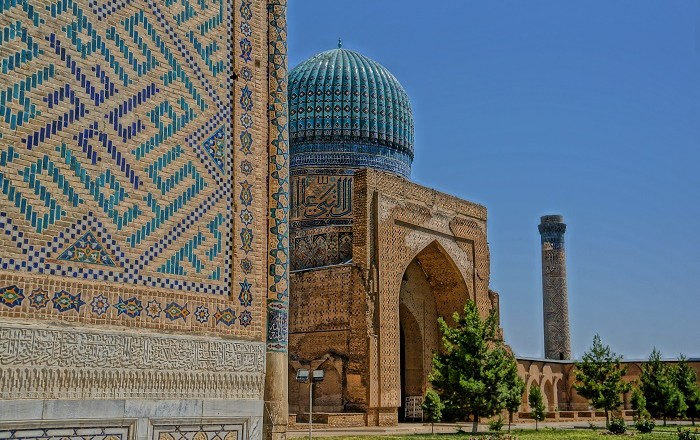
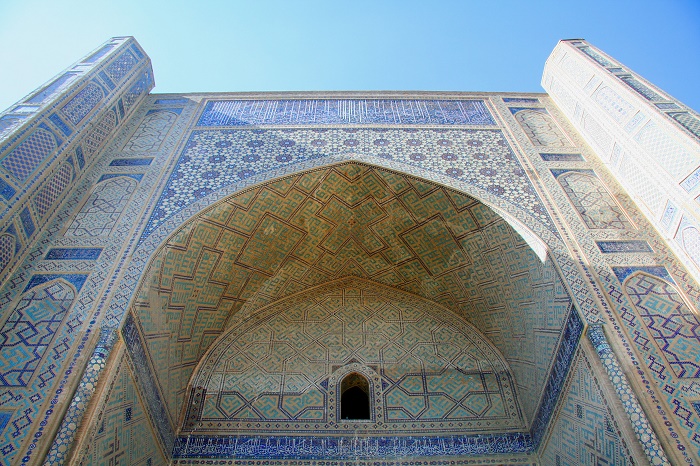

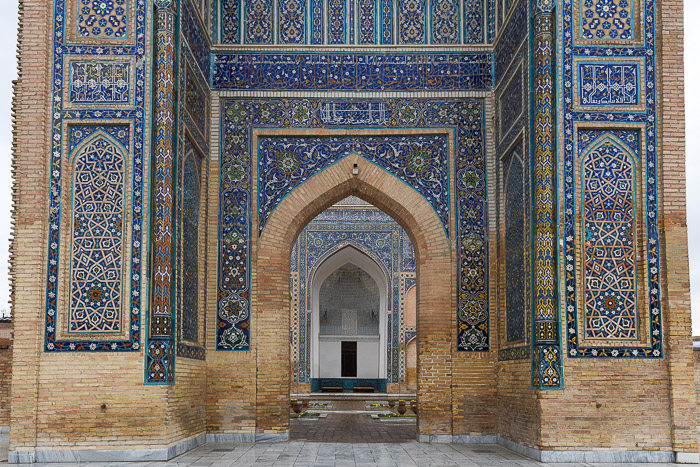
此外,本時期的烏茲別克,各家宗教百家爭鳴,除了伊斯蘭教外,佛教、基督教、瑣羅亞斯德教派和猶太教等都在此留下了建築。一些中亞最古老的猶太教堂就在這個城市裡。這些建築瑰寶很大程度需要感謝絲路,及其帶來的財富與繁榮;而現在,這些建築作為露天博物館,向往來的人們展示烏茲別克豐富的歷史。
During this period, Uzbekistan was home to not only Islam, but Buddhism, Christianity, and Zoroastrianism as well as Judaism, creating a kaleide scope of religious architecture. The nation boasts some of the oldest synagogues in Central Asia, built by the Bukharan Jews.These architectural treasures owe much to the wealth and prosperity brought to the region by the Silk Road, and now, many Uzbek cities operate as open-air museums, a testament to the nation’s layers of history.
在接下來的幾個世紀裡,全球化開始了一些不同的影響。隨著住宅建築的重要性增加,以及19世紀西化帶來了大型的銀行、購物中心等建築,還是保留著一點烏茲別克的特色。
In the following centuries, globalism took hold in a different way, as residential architecture grew in importance, and 19th century westernisation saw banks and shopping centres erected in eclectic burnt brick, that still maintained a particular Uzbek character.
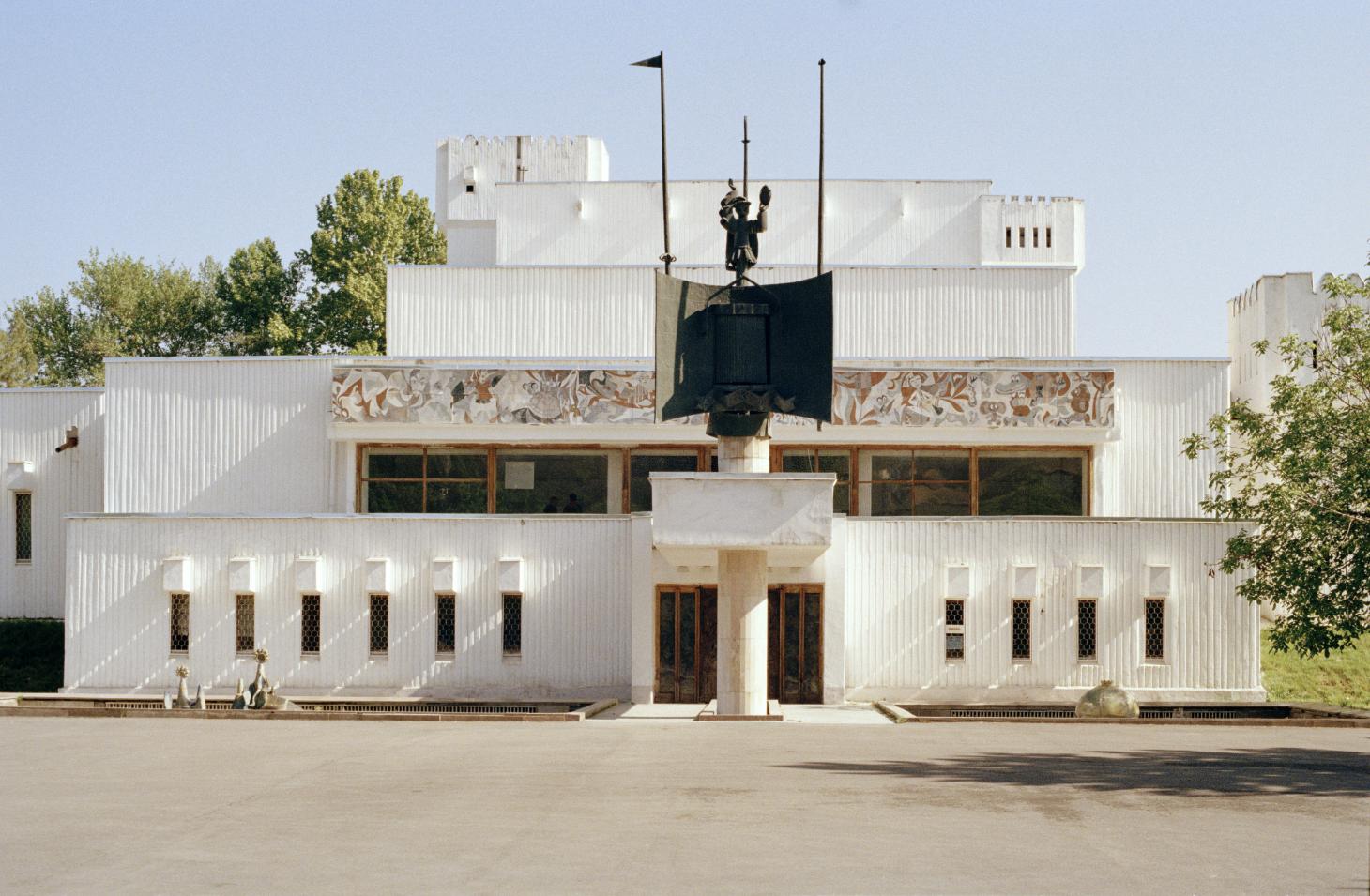
然而,隨著1917年俄國革命,以及共產主義接管了國家,一種不同的建築風格登場了。引人注目的蘇聯粗獷主義式高塔和傳統建築完全不相容,產生出了一種錯亂的、令人迷惑的身份認同。位在塔什干的烏茲別克斯坦大飯店,曾作為共產政權的辦公室,正是此類建築的代表。
By the time of the Bolshevik revolution and communist takeover, a different kind of architecture took hold. Striking Soviet-inspired towers in classic brutalist style clashed with the ancient designs, evoking a sense of confused identity. The Uzbekistan hotel in Tashkent, once a favoured spot for communist officials, sticks out in all its concrete bravado.
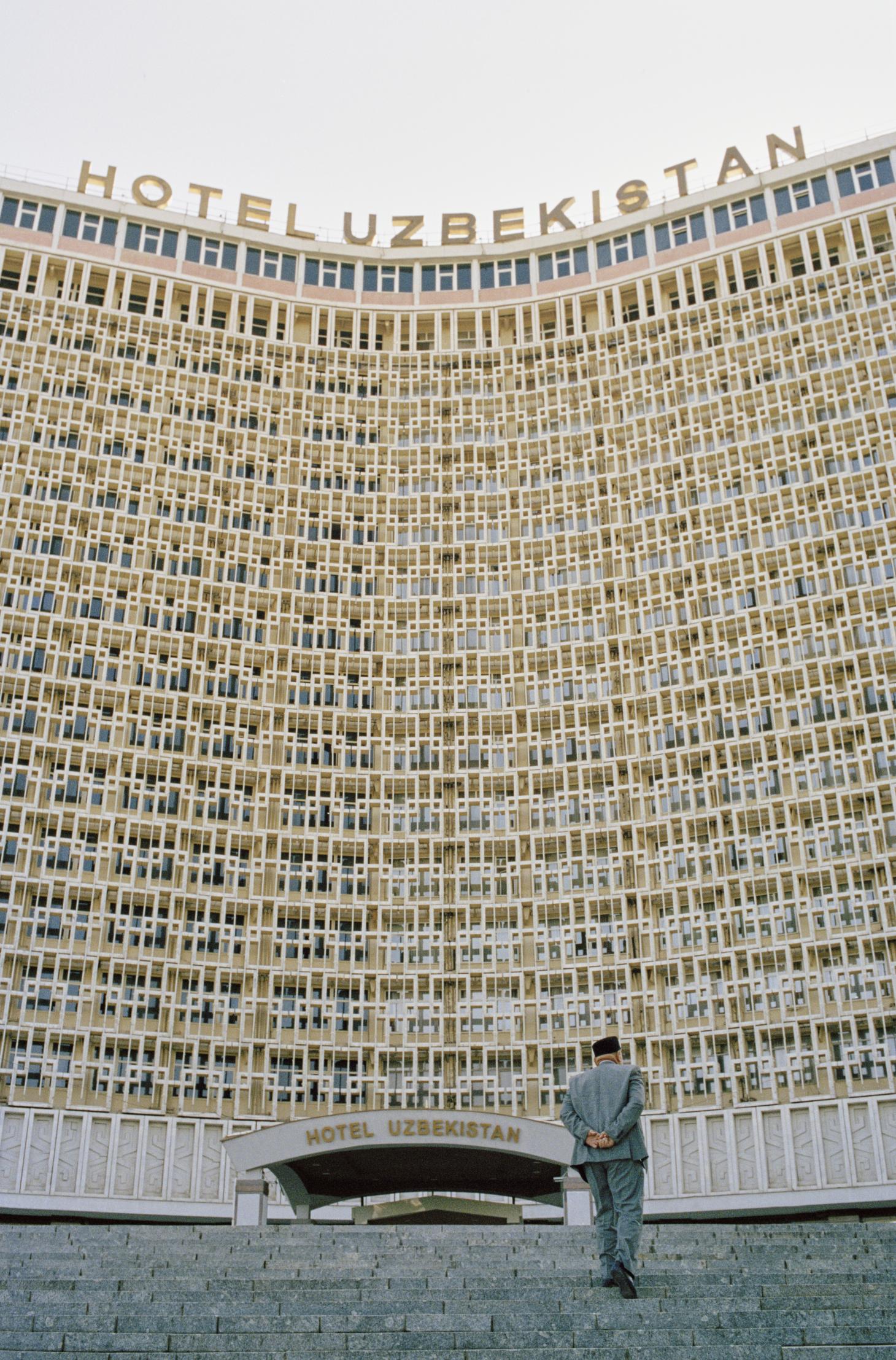
塔什干地鐵則是另一種不同的風貌,雖然大致承襲了莫斯科地鐵站的建築風格,但其中遍佈的大理石柱則和傳統神殿中華麗的圓頂相輝映,兩種風格交融,向烏茲別克的歷史致意。
The Tashkent metro is a gem of a different nature, that resembles much of the beauty of Moscow’s grand metro stations. However, the sweeping marble columns have been seamlessly blended with ornate domes, and shrines to historical figures of the past – an architectural nod to something innately Uzbek.
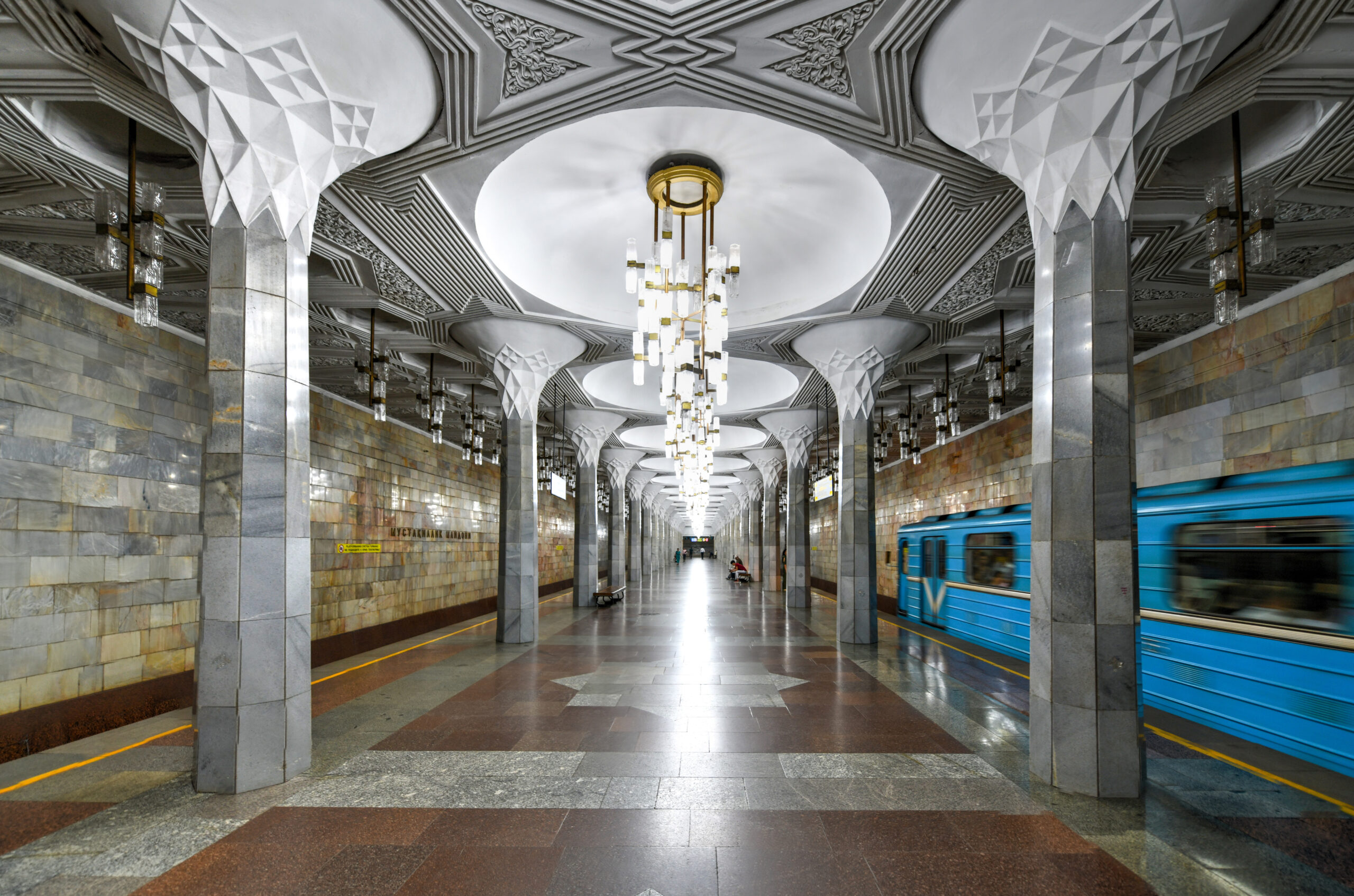
今日的烏茲別克正在面臨一場新的建築革命。自從1991年蘇聯瓦解,並在2016年迎來了更傾向自由派的政權後,這個古老的國家開始建立一個全新的身份認同。現代化的高樓大廈、讓人目眩神迷的霓虹燈,開始改變塔什干的樣貌。整個國家的建築風貌要變化了:高低起伏的水泥大樓和古老的清真寺、蘇聯時期的清水模建築比鄰而坐…這樣的風貌令人屏息,也令人期待烏茲別克建築下一個紀元的來臨。
Today, Uzbekistan is undergoing a different kind of architectural revolution. After gaining independence from a collapsing Soviet Union in 1991, and the advent of a more liberal presidency in 2016, the nation is beginning to establish itself with a new found sense of identity. Modern towers evoking space-like geometry, displays of neon lights and sweeping avenues are changing the face of Tashkent once more.Now the country’s architecture is painting a new narrative, one of a modernised, outward-looking nation, as skyscrapers sit side by side with ancient mosques and Soviet brutalism. The results are breathtaking.
Word: Portia Kentish
Photography: Emerging Europe, Stefan Gifthaler, Alluring World, Asian Historical Architecture, Wikimedia Commons, Samarkand Tour
Source: Emerging Europe

